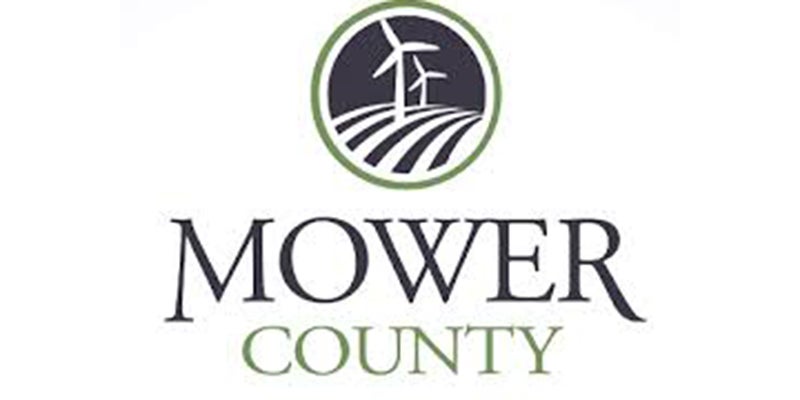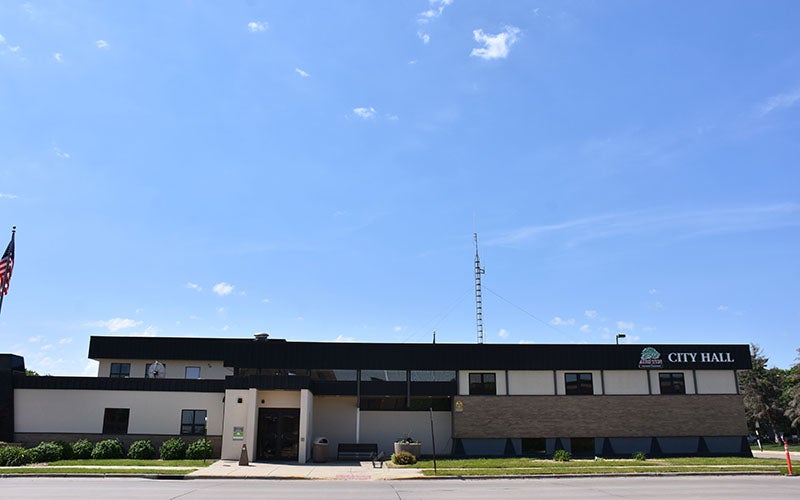Decisions nearing on human services redesign
Published 10:50 am Wednesday, March 27, 2013
Mower County and the Southeast Minnesota Human Services Redesign are approaching the latest checkpoint on their ongoing journey.
Leaders of the four-county redesign updated the county board during Tuesday’s meeting on the project to merge the human services departments in Mower, Dodge, Steele and Waseca counties to improve efficiencies and save money.
“This has been quite a long journey,” said Steele County Coordinator Tom Shea, who also is one of the project’s steering committee chairs.
In September, the Mower County board voted 5-0 to move ahead on the next phase of the redesign under the four-county model.
The next checkpoint will be a vote in May to move ahead on the next phase, the cross functional detailed design phase, which Shea described as a key vote and compared it to a wedding engagement.
“This is really the one that says, ‘yes, this engagement is for real,’” he said, “ We’ve booked the church. We’ve booked the reception room. We’re going to go ahead with this, unless something really dramatic happens.”
After the May vote, there will be at least one more vote, but plans to merge will be moving ahead quickly. Shea said it could still be 12 to 18 months until the merged department is operational.
The plan isn’t exactly what was originally envisioned. The Southeast Minnesota Human Services Redesign was conceived as a merger of 12-counties to potentially form one service center to act as the Human Services delivery authority.
That plan could have saved about $60.6 million over the next five years, according to consultant Accenture.
The projected cost savings are considerably smaller than the 12-county model. But Shea, Mower County Human Services Director Julie Stevermer and other officials said the current system is unsustainable, so now gaining efficiencies is key.
According to Human Services Coordinator Julie Stevermer, her department can’t take on more work without hiring employees, which means it would be costly for a county to maintain its own single human services department.
“We’ve topped out at what we can handle,” she said. “We can’t add another thing on our plate.”
Project manager Jim Schug said human services departments have long been working to do more and more with limited resources, but they’re tapping out how much they can actually accomplish.
“County’s are being asked to do more and more with either a fixed or often times declining level of resources and being held more responsible than ever before,” he said.
The merger, according to Schug, is a way for the four counties to best use their resources and get maximum value out of the tax dollars going to often costly programs. Schug said the merger is a proactive approach and the right thing for the counties to do.
“This is a very innovate, complex and exciting project that you’ve undertaken,” he said.
Officials said there are still many reasons to move ahead. One key reason is state performance guidelines on human service departments that, if not met, could lead the state to merge counties. Many Mower County Commissioners have long said they’d rather merge and be in control than have the state forcing their hand later.
Plus, high case loads have strapped human services officials in recent years, and the merger will allow officials to ease case loads in some areas and to use technology to take on higher caseloads in other areas.
“The goal, of course, is to improve client access by using more technology,” Schug said.
Under the four-county model, each county will maintain a local office, but some employees could be shifted to a different role or a different county. Current estimates show the number of employees in the five counties will increase from 178.5 to 180, according to Tuesday’s report.
While each county will still have an office, Schug said, the merger will essentially eliminate the county lines for Mower, Dodge, Steele and Waseca when it comes to human services, and the group will operate as its own separate entity.
The merged department will be governed by a board comprised of eight commissioners — two from each county. All votes will require a super majority of 75 percent to pass.
“It drives that board to reach a consensus on things,” Shea said.
If the four-county model is successful, more counties will be allowed to come on board in the future. However, Mower County Coordinator Craig Oscarson said that the four counties likely won’t discuss adding other counties until after they have been operating for a few years.
The steering committee is still working on how the four counties will divide funding. Right now, they’re discussing a multi-tiered approach, where each county will pay a base amount and then pay based on human services usage, the county’s tax base, and potentially other factors like population. Once a funding method is selected, leaders want the chosen model to be final.
“When we establish that local funding model, we don’t want that to be revisited here,” Shea said.
Another downside for Mower County is that the four merged counties will not move ahead with the joint Health and Human Services Department that Mower County officials had pushed for. But, Oscarson and Stevermer both said that could change in a few years.
Schug and Shea admitted there’s a lot of work to still be done, as the steering committee will hold a meeting of all the county board members from the four counties in late April in Owatonna.
Right now, leaders prefer what they describe as a “big bang” transition if and when the time comes to transition to the merged model. That would mean an immediate changeover rather than a gradual transition.
Shea and Schug said the four-county’s plan to merge is attracting attention both in the state and outside the state.
“We’re really kind of being looked at, because a lot of other counties are looking at the same thing,” Shea said.




